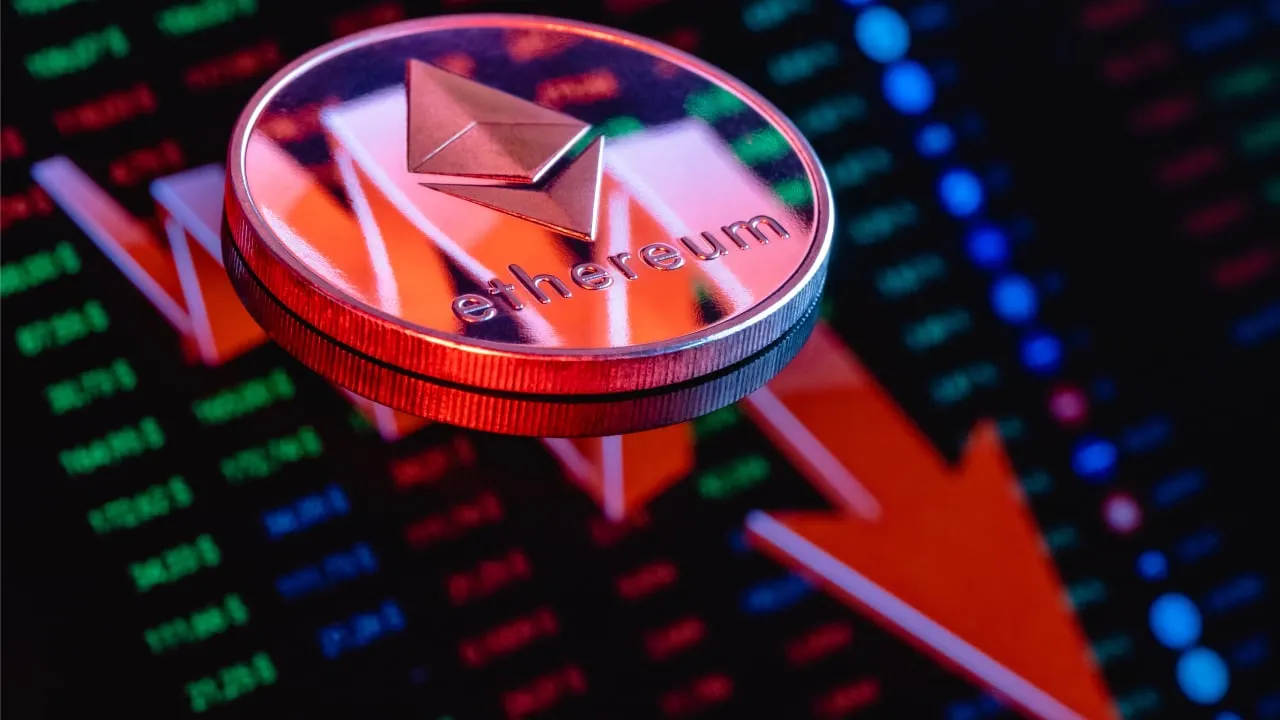Ethereum has hit its lowest price in 2024 after sinking nearly 8% over a 24-hour period, according to CoinGecko. The second-biggest coin dipped Friday to $2,193—a level not seen since last year.
Over the past week, the asset has fallen by 13%—worse than most of the biggest coins and tokens.
The price of Bitcoin also fell precipitously to $52,690, recovering somewhat to $53,516 after dropping 5% in the past day. The asset has also struggled as investors fast cash out of the newly-approved spot Bitcoin exchange-traded funds (ETFs).
The lows echo a previous across-the-board plunge on Aug. 5.
The current market cap of the entire crypto sphere now stands at $1.96 trillion, a 6% 24-hour descent, falling below the $2 trillion waterline for the first time since February.
And CoinGlass data shows that in the past 24 hours, over $272 million in positions for all cryptocurrencies have been liquidated.
A total of $221 million in long positions—those betting on the price of the asset to go up—have been closed.
The plunge comes as investors fast flog "risk-on" assets like crypto and equities after weaker-than-expected data coming out of the U.S. on Friday rattled global markets.
The American stock market has also had its worst week since March 2023, with tech stocks bearing the brunt of the sell-off.
It's all eyes on the Federal Reserve this month with investors expecting a rate cut from the central bank—but are unsure of just how big the move will be. The Fed under Chair Jerome Powell hiked interest rates to a 23-year high to tame inflation brought on following the Covid-19 pandemic.

